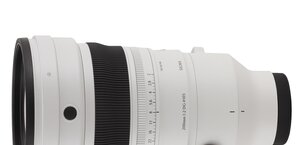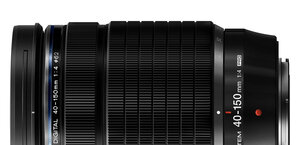Nikon Nikkor Z 50 mm f/1.2 S
7. Coma, astigmatism and bokeh
Similar 'wings' were visible also in the test of the Sony 1.2/50 GM but in its case they could be noticed only in the corner of full frame. In the corners of the smaller sensor diode images remained point-like even at the maximum relative aperture so we think that in this category the Sony fared a tad better.
| Center, f/1.2 | Corner APS-C, f/1.2 | Corner FF, f/1.2 |
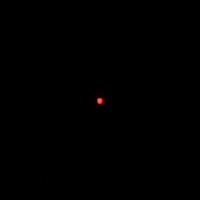
|
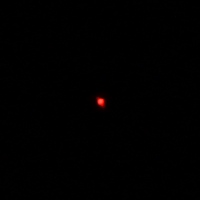
|
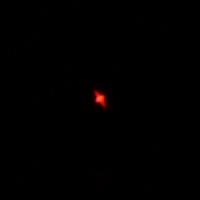
|
| Center, f/1.8 | Corner APS-C, f/1.8 | Corner FF, f/1.8 |
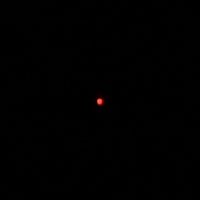
|
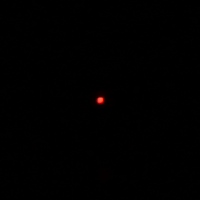
|
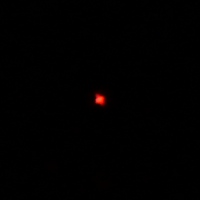
|
Please Support UsIf you enjoy our reviews and articles, and you want us to continue our work please, support our website by donating through PayPal. The funds are going to be used for paying our editorial team, renting servers, and equipping our testing studio; only that way we will be able to continue providing you interesting content for free. |
- - - - - - - - - - - - - - - - - - - - - - - - - - - - - - - - - - - - - - - - - - - - - - - -
Astigmatism, understood as an average difference between horizontal and vertical MTF50 function values, amounted to 15.1%. It is a medium value, a bit lower than the astigmatism level of the Sony lens.
The appearance of out-of-focus areas seem to be very pleasing to the eye but, as we've already mentioned, it's a matter of taste. Light spread in the circles is even and, despite using aspherical elements, onion-ring bokeh is just slightly visible – you can notice it only when you take a closer look. A brighter rim that appears on a more significant stopping down is not especially intensive. Mechanical vignetting is distinct only by f/1.2; by f/1.8 it is already low and by f/2.5 it disappears completely.
| Center, f/1.2 | Corner APS-C, f/1.2 | Corner FF, f/1.2 |
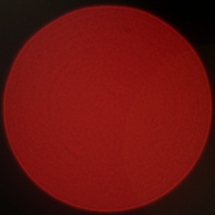
|
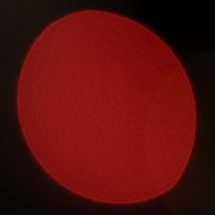
|
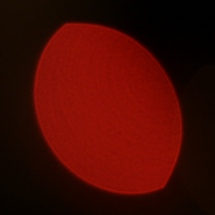
|
| Center, f/1.8 | Corner APS-C, f/1.8 | Corner FF, f/1.8 |
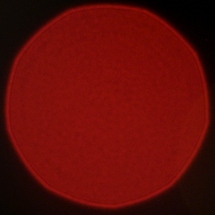
|
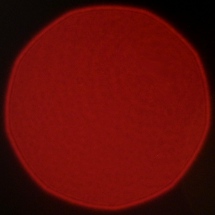
|
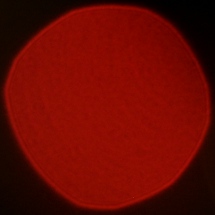
|
Center, f/2.5 | Corner APS-C, f/2.5 | Corner FF, f/2.5 |
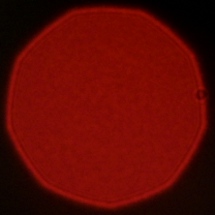
|
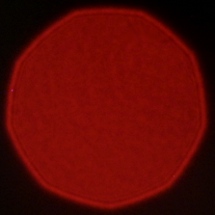
|
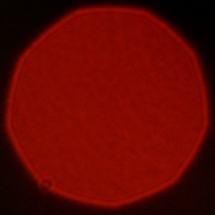
|




